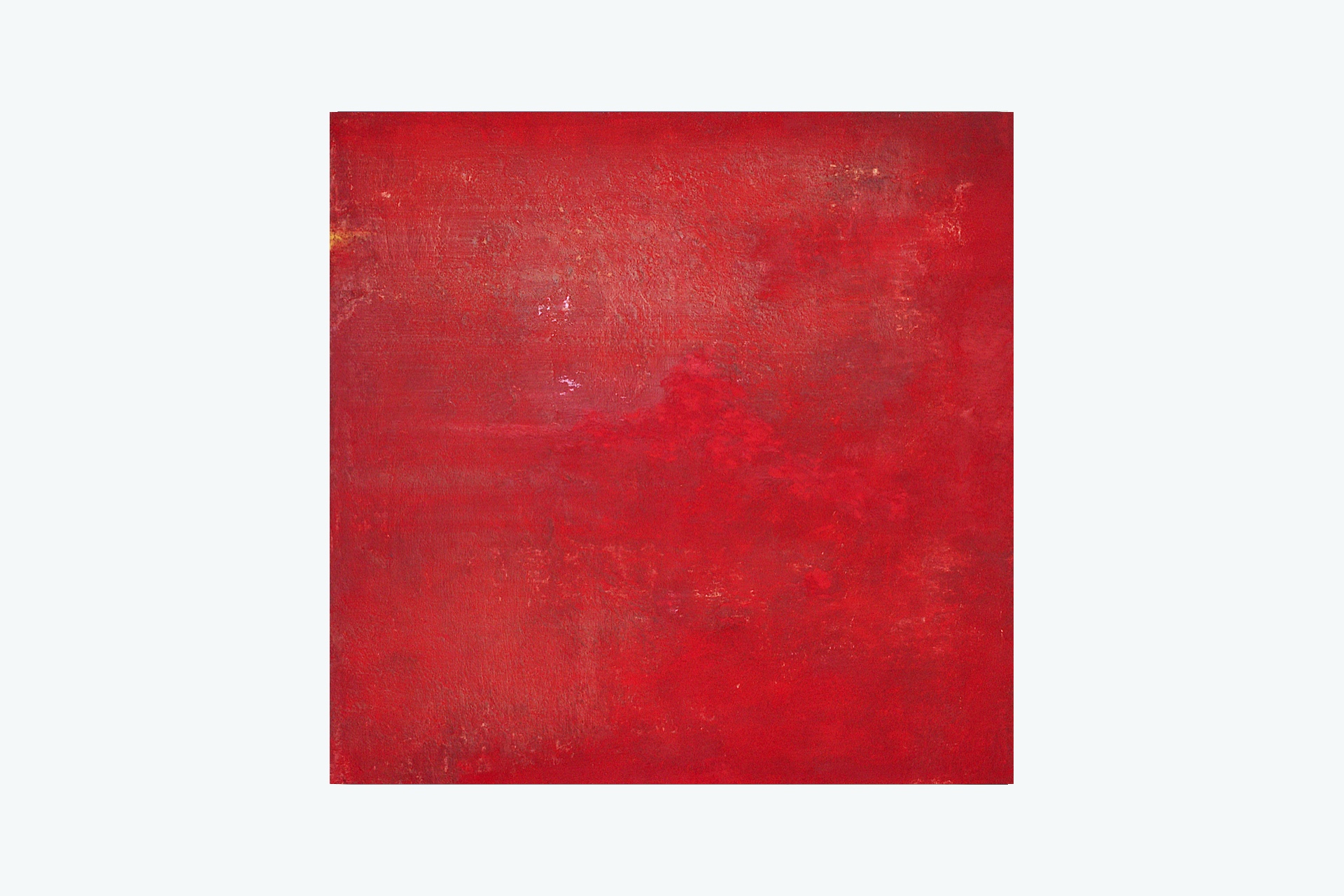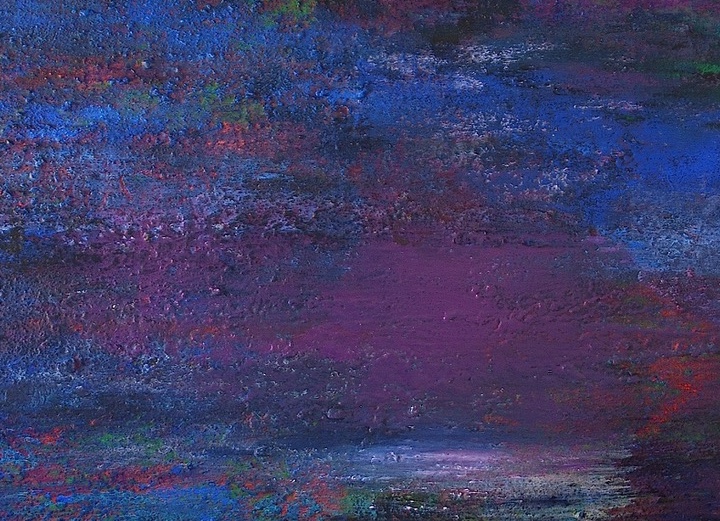

"Reguera's meticulous and innovative technique is perfectly formulated for this task. Reguera uses his body and his breath, moving around a painting, blowing dry pigment over a wet surface." Rex Weil.

Indeed, this ego, this creating, willing, valuing ego speaks of the body and still wants the body, even when it poetizes and raves and flutters with broken wings. It learns to speak ever more honestly, this ego, and the more it learns, the more words and honors it finds for body and earth. Friedrich Nietzsche, Zarathustra, Part 1. Our knowledge of nature is fragmentary, tragic, most often deluded. At best, we observe and record and test we observe and record and test again. The tiniest verifications of phenomena give us disproportionate satisfaction. This slow, steady transposition of sensation into useful, reliable data is the language of science.
Even so, our most precious and fundamental mode of experience is direct, immediate sensation. Sensation is consciousness before it is put into words. And painting is surely the most ancient argot for the expression of sensation. For at least forty thousand years (and perhaps much longer), painting has been sensation's language of truth. Like all forms of human language, it is an evolving proposition - assimilating, examining, accepting and rejecting new and old intuitions. We fluiter, if valiantly, with broken wings.
“The dramatic, finely-tuned paintings for this show (the artist's second major gallery exhibition in Washington, DC) constitute yet a another impressive advance in his mastery of his materials and technique.”
— Friedrich Nierzsch.E, Zoratustra, I Parte.
Alberto Reguera's quest is for a poetic language that describes the sensation of light. He paints the landscape, but his subjects are also the inner eye, the mind, the nervous system and memory. Though he studies the light of the sun reflected by atmosphere and water, it is ability to capture and recall the delicate excitement of human perception that matters most. His paintings synthesize scene and sensation, apprehension and awe. He posits our sensual selves not as objective observers but as constituent parts of nature's immense power.

Reguera's meticulous and innovative technique is perfectly formulated for this task. Reguera uses his body and his breath, moving around a painting, blowing dry pigment over a wet surface. Like a storm of dust, the pigment both buries and exaggerates the contours of the original paint layers and the fabric. It is a dance of controlled accidents, like nature itself. The resulting painterly topography has a subtle, dry texture that softly absorbs light.
The dramatic, finely-tuned paintings for this show (the artist's second major gallery exhibition in Washington, DC) constitute yet a another impressive advance in his mastery of his materials and technique. The new work turns up the heat substantially, often with fiery reds sweeping down and across icy pink or brilliant orange mists. Here, the artist seems to be zooming closer to a sunset's first incendiary afterglow. More than ever. the audacious new canvases, with their thrilling splashes of paint and dry breezes of pigment demonstrate the artist's mature confidence and vigorous pleasure in the act of making pictures.
Immanuel Kant composed these words for his grave stone: "The starry heavens above and the moral law within fill the mind with a new and increasing admiration and awe, the more often and the more steadily we reflect." With this formulation, he condenses a life of inquiry. The most important thing, he suggests, is appreciation - the integrity of individual feelings even when confronted with the boundlessness of nature and existence. As always, Reguera's paintings are a satisfying point of departure for the steady reflection Kant prescribes.